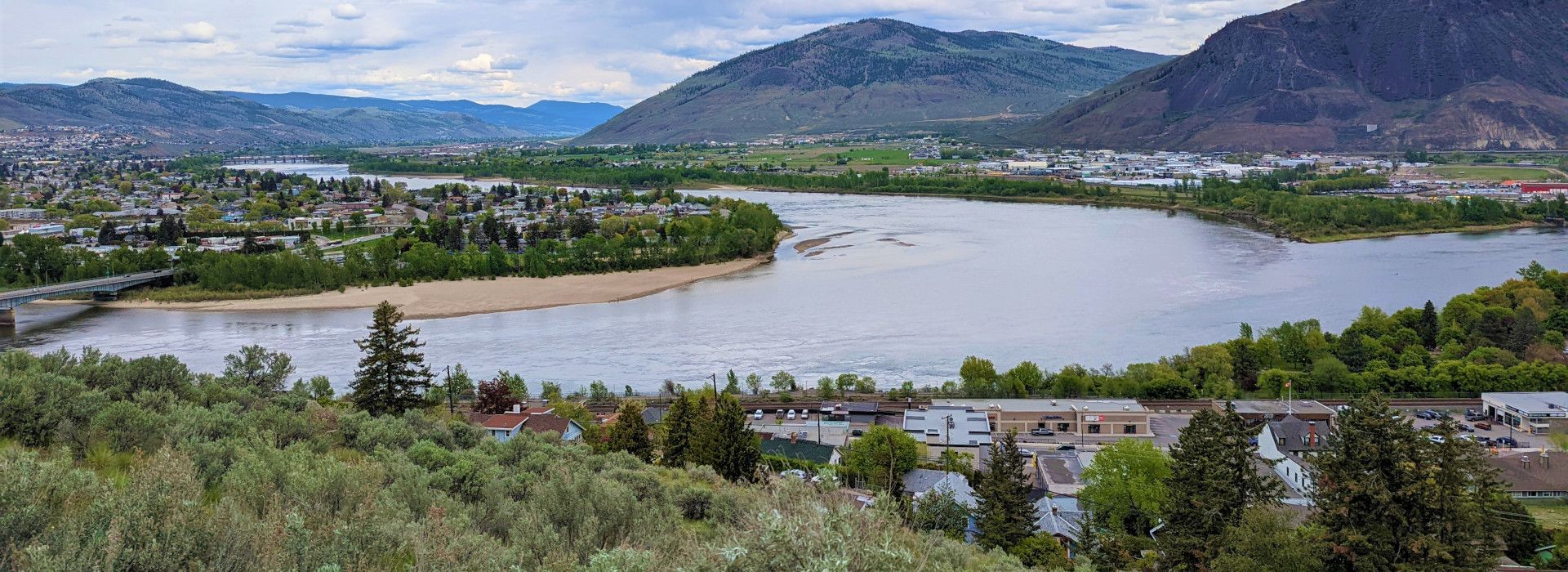A Guide to Educational Opportunities in Kamloops Neighbourhoods
April 10th 2024
Find the perfect community for you and your family's educational needs. Discover educational opportunities across Kamloops, BC, with our comprehensive guide to schools in every neighborhood, from primary to post-secondary.Read More
A REALTOR®’s Guide to the Neighbourhoods of Kamloops
February 22nd 2024
Let Team110 take you on a snapshot tour of Kamloops' neighbourhoods with our detailed guide. Discover the best areas for families, professionals, and outdoor enthusiasts.Read More

